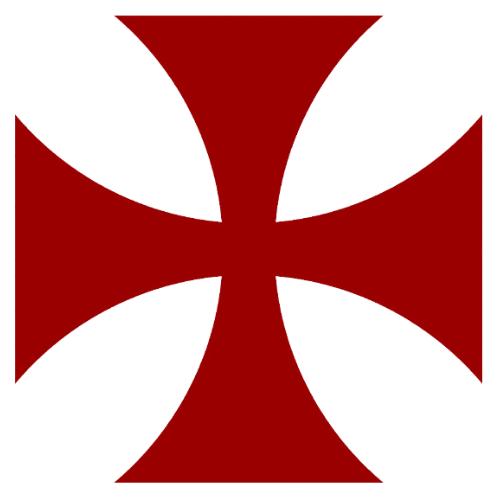History of the Original Knights Templar
- Templar 1
- Nov 17, 2024
- 2 min read

Foundation and Purpose (1119–1129)
The Knights Templar, officially known as the Poor Fellow-Soldiers of Christ and of the Temple of Solomon, were founded in 1119 in Jerusalem. Established by nine French knights led by Hugues de Payens, the Order's primary purpose was to protect Christian pilgrims traveling to the Holy Land following the First Crusade. Their name derives from their headquarters located near the Temple Mount in Jerusalem, considered one of Christianity's holiest sites.
Growth and Papal Recognition (1129–1307)
The Order grew rapidly after gaining papal endorsement at the Council of Troyes in 1129. They adopted a strict code of conduct, combining monastic discipline with military duty, and took vows of poverty, chastity, and obedience. Clad in white mantles emblazoned with a red cross, Templar knights became renowned for their bravery and discipline on the battlefield.
With the support of the Church and European monarchs, the Templars amassed wealth and land. They established a network of fortifications, farms, and financial systems, functioning as one of the earliest forms of international banking. Their resources funded military campaigns, including the defense of the Crusader states in the Holy Land.
Military Role and Achievements
The Templars were instrumental in many key battles during the Crusades. They distinguished themselves in engagements such as the Battle of Montgisard (1177) and the defense of Acre (1291). Their martial prowess and unyielding faith earned them both admiration and fear, cementing their reputation as elite warriors.
Decline and Suppression (1307–1312)
By the late 13th century, the Crusades had faltered, and the Christian kingdoms in the Holy Land fell. The Templars returned to Europe, where their influence and wealth made them powerful yet controversial. King Philip IV of France, heavily indebted to the Order, orchestrated their downfall. In 1307, he arrested hundreds of Templars on charges of heresy, corruption, and blasphemy.
Under duress, some Templars confessed to false charges, leading to their persecution. Pope Clement V dissolved the Order in 1312 under pressure from Philip. Many Templars were executed, including the last Grand Master, Jacques de Molay, who was burned at the stake in 1314.
Legacy and Mystique
Though disbanded, the Knights Templar left an enduring legacy. Their bravery, faith, and enigmatic end have inspired centuries of fascination, giving rise to legends, conspiracy theories, and modern adaptations. Today, they are remembered as a symbol of devotion, sacrifice, and guardianship of the Christian faith.

Commenti